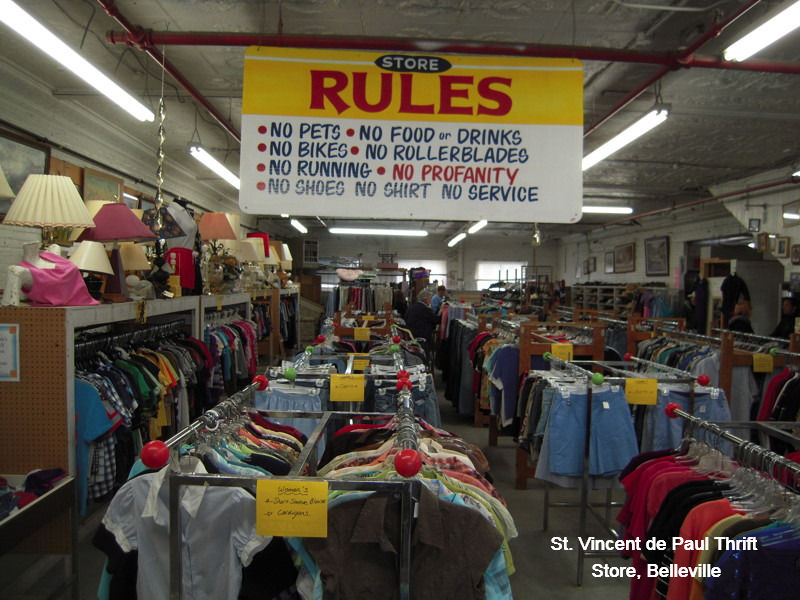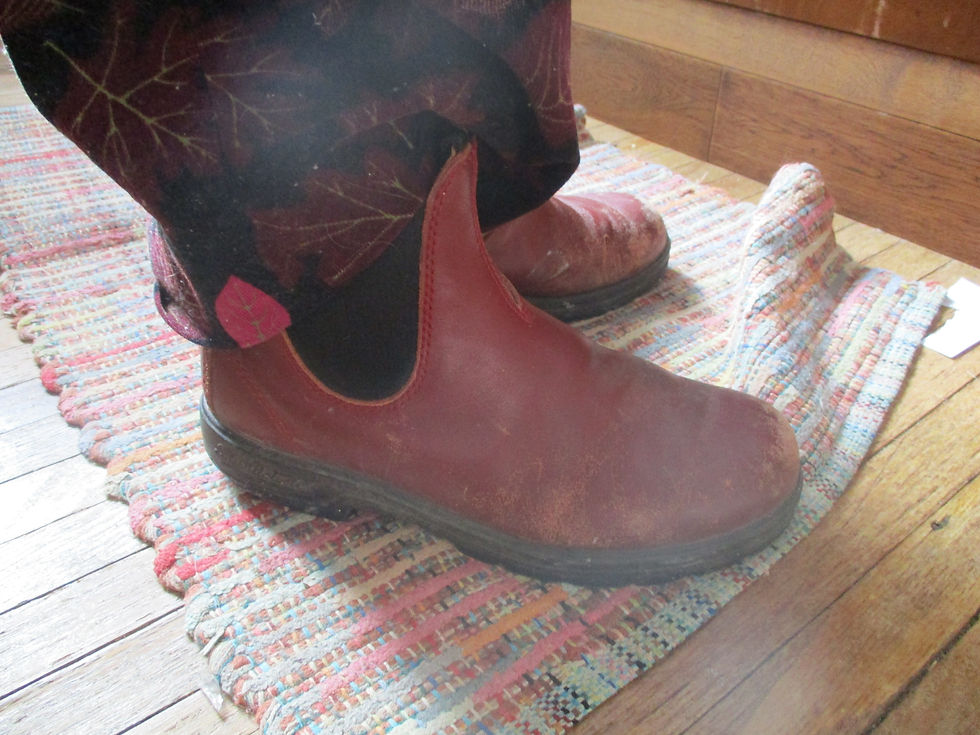Make Second Hand Clothing Your First Choice
- Laura Crystal
- Dec 11, 2019
- 2 min read
In a second hand store, you might have trouble finding things that match exactly, you likely won't find the specific style you want and you certainly won't find the hottest new trends. But you will find an environmentally responsible way to buy clothing.

There are a lot of great reasons to buy second hand clothing: it saves you money, you may be able to afford better quality brands, there's more selection of colours and styles and it can be fun.
But the catastrophic environmental impact of the fashion industry is by far the most important reason to choose second hand clothing over buying new.
You might be thinking, Geeze Laura, you're overreacting AGAIN. It can't be that bad, can it? Well, the facts may surprise you (they certainly surprised me!). According to a UN statement:
“[T]he fashion industry is the second largest consumer of water and is responsible for 8- 10 percent of global carbon emissions- more than all international flights and maritime shipping combined.”
Yikes! Those are serious environmental repercussions.
I was curious about the water consumption so I did a bit more research into it. In Stephen Leahy's book, "Your Water Footprint: The Shocking Facts About How Much Water We Use to Make Everyday Products," he says it takes 2,000 gallons (7,600 liters) of water to make a pair of jeans. That's about the same amount of water as taking 100, 10-minute-long showers.
And that's not all...
On top of the production pollution, there is also the issue of the waste the clothing itself becomes when it either wears out (and let's be honest, most companies do not make their clothing to last) or someone decides it's not cool anymore (I know, it's not cool to say cool anymore but I never was cool so...).
The Recycling Council of Ontario states on their website that “In Canada, the average person throws out 81 pounds of textiles annually, while North Americans send 9.5 million tonnes of clothing to the landfill every year ”.
That's a lot of garbage. Although buying second hand will not stop the clothing from eventually being thrown out, it will prolong the life of it. It will also help curb the demand for new items. This means less clothing will end up being made in the first place which will reduce waste.
Knowing these facts helps me to stay strong when I'm tempted to buy a brand new warm woolly sweater or a beautiful skirt (sure, I'm tempted- new clothing is designed to tempt you!). But instead of caving, I take myself to a second hand store and splurge there- I bought a new-to-me used sweater I really didn't need just last week.
But because I buy things used, I don't need to feel guilty about my vanity supporting a polluting industry (I can just feel guilty about my miss-spent money).
Buying second hand clothing isn't always the easiest choice but I hope that these facts will help you to embrace a little imperfection in your wardrobe and stay strong in the face of fashion temptation.
Please, choose environmental responsibility over fashion and make second hand clothing your first choice.
Maybe you won't find the exact style or colour that you're looking for, but you will find that it feels good to make a difference. Happy thrifting!



Comments